Artur Podobas
FPGA-Based Neural Network Accelerators for Space Applications: A Survey
Apr 24, 2025Abstract:Space missions are becoming increasingly ambitious, necessitating high-performance onboard spacecraft computing systems. In response, field-programmable gate arrays (FPGAs) have garnered significant interest due to their flexibility, cost-effectiveness, and radiation tolerance potential. Concurrently, neural networks (NNs) are being recognized for their capability to execute space mission tasks such as autonomous operations, sensor data analysis, and data compression. This survey serves as a valuable resource for researchers aiming to implement FPGA-based NN accelerators in space applications. By analyzing existing literature, identifying trends and gaps, and proposing future research directions, this work highlights the potential of these accelerators to enhance onboard computing systems.
A Reconfigurable Stream-Based FPGA Accelerator for Bayesian Confidence Propagation Neural Networks
Mar 03, 2025Abstract:Brain-inspired algorithms are attractive and emerging alternatives to classical deep learning methods for use in various machine learning applications. Brain-inspired systems can feature local learning rules, both unsupervised/semi-supervised learning and different types of plasticity (structural/synaptic), allowing them to potentially be faster and more energy-efficient than traditional machine learning alternatives. Among the more salient brain-inspired algorithms are Bayesian Confidence Propagation Neural Networks (BCPNNs). BCPNN is an important tool for both machine learning and computational neuroscience research, and recent work shows that BCPNN can reach state-of-the-art performance in tasks such as learning and memory recall compared to other models. Unfortunately, BCPNN is primarily executed on slow general-purpose processors (CPUs) or power-hungry graphics processing units (GPUs), reducing the applicability of using BCPNN in (among others) Edge systems. In this work, we design a custom stream-based accelerator for BCPNN using Field-Programmable Gate Arrays (FPGA) using Xilinx Vitis High-Level Synthesis (HLS) flow. Furthermore, we model our accelerator's performance using first principles, and we empirically show that our proposed accelerator is between 1.3x - 5.3x faster than an Nvidia A100 GPU while at the same time consuming between 2.62x - 3.19x less power and 5.8x - 16.5x less energy without any degradation in performance.
A Quarter of a Century of Neuromorphic Architectures on FPGAs -- an Overview
Feb 23, 2025Abstract:FPGA-based neuromorphic architectures pose a promising viewpoint on the future of computing, but the efforts in this domain are disorganized, without a clear classification scheme for implemented structures. This results in the lack of consensus on what is important for specific groups of neuromorphic systems, e.g., based on the platform they are implemented on or the intended use case. Here, we review the approach to implementing such architectures on FPGAs over the last 25 years. We propose a new taxonomy for those systems that could help the researchers better understand the closest environment their designs reside in and devise new metrics that could fairly grade them against the other ideas.
Fast Algorithms for Spiking Neural Network Simulation with FPGAs
May 03, 2024Abstract:Using OpenCL-based high-level synthesis, we create a number of spiking neural network (SNN) simulators for the Potjans-Diesmann cortical microcircuit for a high-end Field-Programmable Gate Array (FPGA). Our best simulators simulate the circuit 25\% faster than real-time, require less than 21 nJ per synaptic event, and are bottle-necked by the device's on-chip memory. Speed-wise they compare favorably to the state-of-the-art GPU-based simulators and their energy usage is lower than any other published result. This result is the first for simulating the circuit on a single hardware accelerator. We also extensively analyze the techniques and algorithms we implement our simulators with, many of which can be realized on other types of hardware. Thus, this article is of interest to any researcher or practitioner interested in efficient SNN simulation, whether they target FPGAs or not.
FFTc: An MLIR Dialect for Developing HPC Fast Fourier Transform Libraries
Jul 14, 2022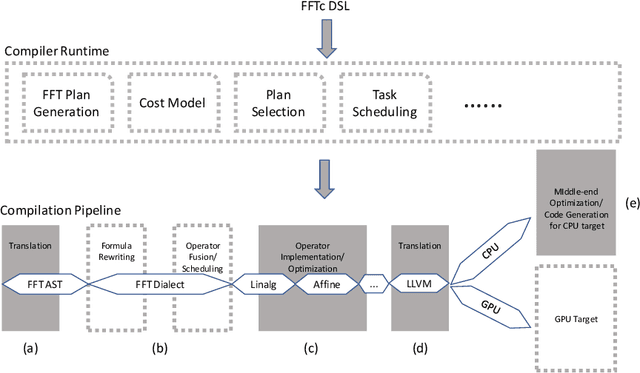
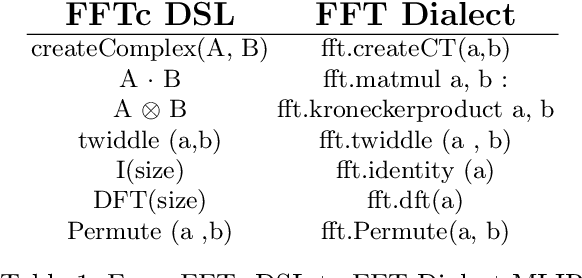
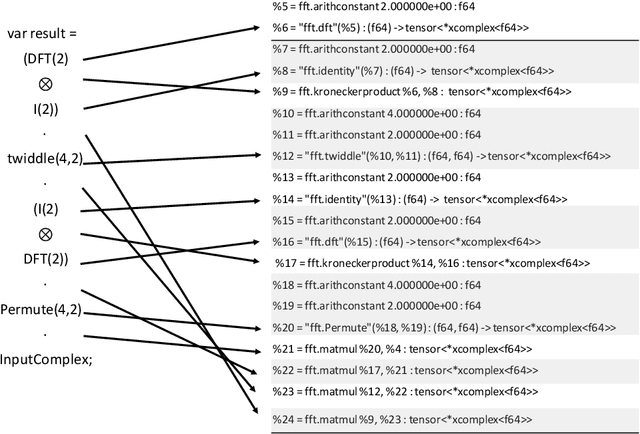
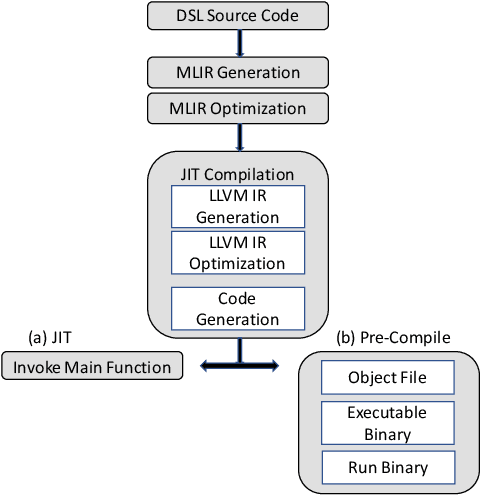
Abstract:Discrete Fourier Transform (DFT) libraries are one of the most critical software components for scientific computing. Inspired by FFTW, a widely used library for DFT HPC calculations, we apply compiler technologies for the development of HPC Fourier transform libraries. In this work, we introduce FFTc, a domain-specific language, based on Multi-Level Intermediate Representation (MLIR), for expressing Fourier Transform algorithms. We present the initial design, implementation, and preliminary results of FFTc.
Higgs Boson Classification: Brain-inspired BCPNN Learning with StreamBrain
Aug 17, 2021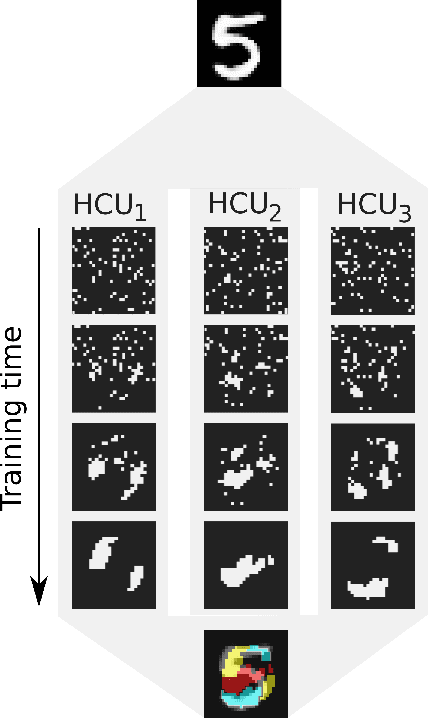
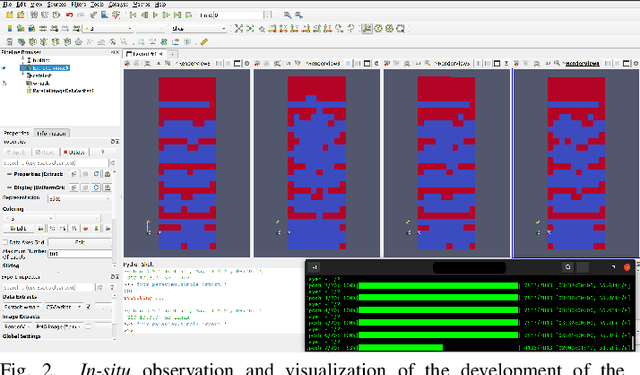
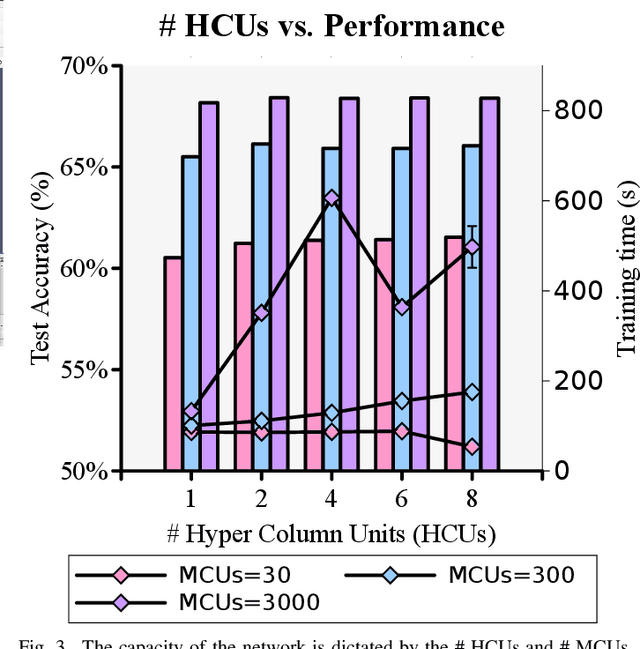
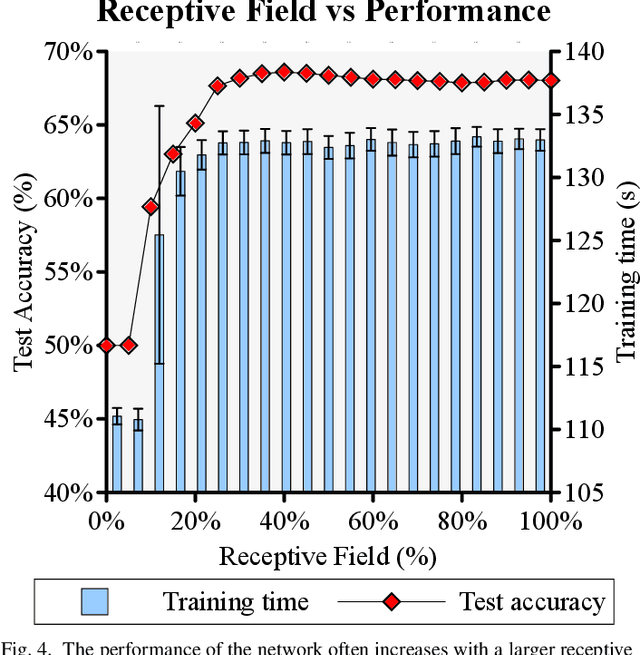
Abstract:One of the most promising approaches for data analysis and exploration of large data sets is Machine Learning techniques that are inspired by brain models. Such methods use alternative learning rules potentially more efficiently than established learning rules. In this work, we focus on the potential of brain-inspired ML for exploiting High-Performance Computing (HPC) resources to solve ML problems: we discuss the BCPNN and an HPC implementation, called StreamBrain, its computational cost, suitability to HPC systems. As an example, we use StreamBrain to analyze the Higgs Boson dataset from High Energy Physics and discriminate between background and signal classes in collisions of high-energy particle colliders. Overall, we reach up to 69.15% accuracy and 76.4% Area Under the Curve (AUC) performance.
StreamBrain: An HPC Framework for Brain-like Neural Networks on CPUs, GPUs and FPGAs
Jun 09, 2021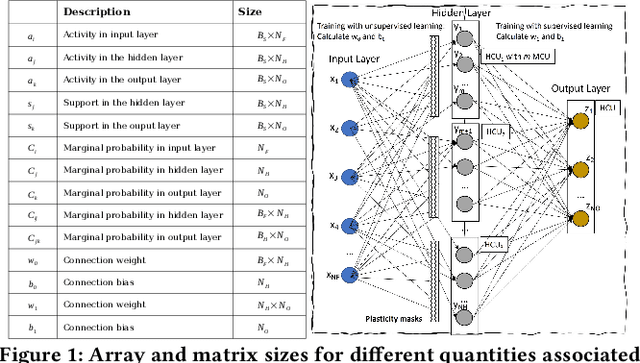

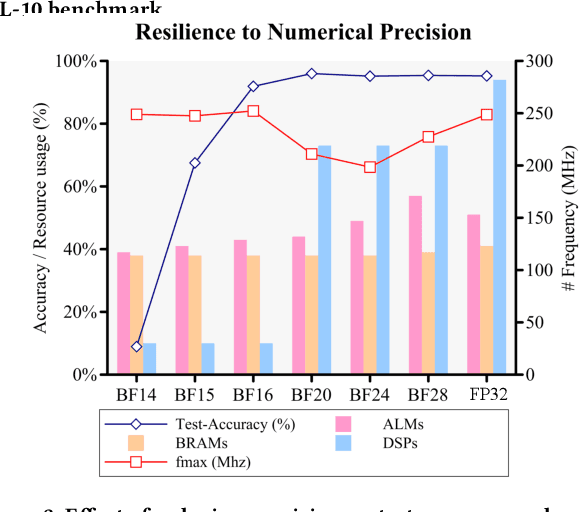
Abstract:The modern deep learning method based on backpropagation has surged in popularity and has been used in multiple domains and application areas. At the same time, there are other -- less-known -- machine learning algorithms with a mature and solid theoretical foundation whose performance remains unexplored. One such example is the brain-like Bayesian Confidence Propagation Neural Network (BCPNN). In this paper, we introduce StreamBrain -- a framework that allows neural networks based on BCPNN to be practically deployed in High-Performance Computing systems. StreamBrain is a domain-specific language (DSL), similar in concept to existing machine learning (ML) frameworks, and supports backends for CPUs, GPUs, and even FPGAs. We empirically demonstrate that StreamBrain can train the well-known ML benchmark dataset MNIST within seconds, and we are the first to demonstrate BCPNN on STL-10 size networks. We also show how StreamBrain can be used to train with custom floating-point formats and illustrate the impact of using different bfloat variations on BCPNN using FPGAs.
Automatic Particle Trajectory Classification in Plasma Simulations
Oct 11, 2020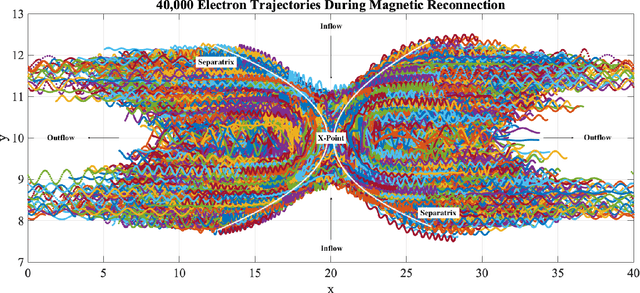
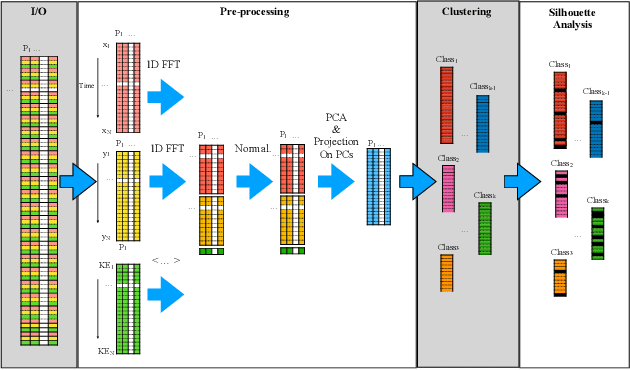
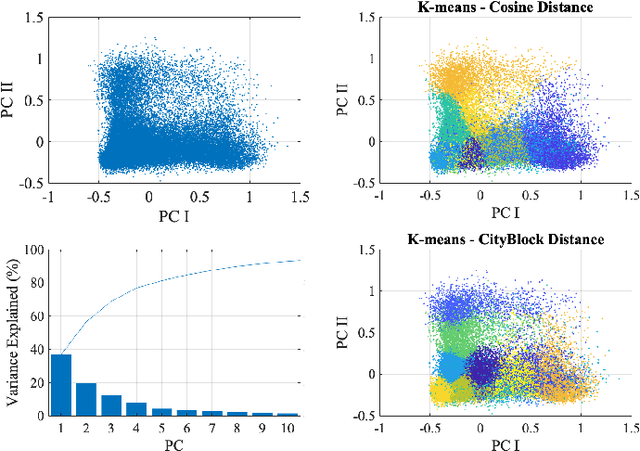
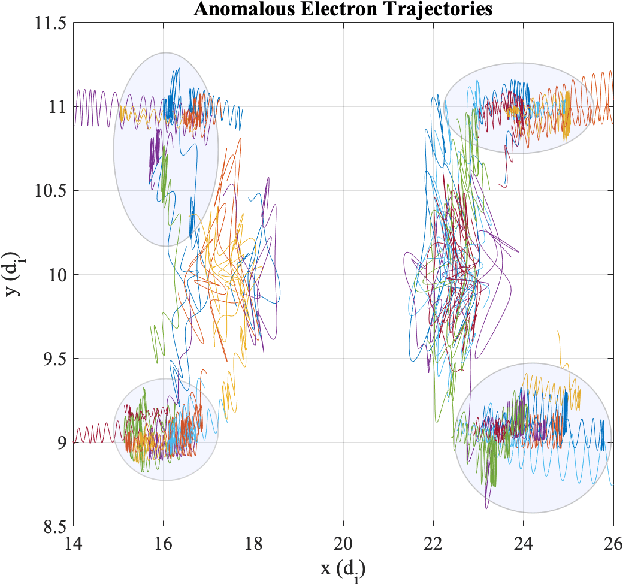
Abstract:Numerical simulations of plasma flows are crucial for advancing our understanding of microscopic processes that drive the global plasma dynamics in fusion devices, space, and astrophysical systems. Identifying and classifying particle trajectories allows us to determine specific on-going acceleration mechanisms, shedding light on essential plasma processes. Our overall goal is to provide a general workflow for exploring particle trajectory space and automatically classifying particle trajectories from plasma simulations in an unsupervised manner. We combine pre-processing techniques, such as Fast Fourier Transform (FFT), with Machine Learning methods, such as Principal Component Analysis (PCA), k-means clustering algorithms, and silhouette analysis. We demonstrate our workflow by classifying electron trajectories during magnetic reconnection problem. Our method successfully recovers existing results from previous literature without a priori knowledge of the underlying system. Our workflow can be applied to analyzing particle trajectories in different phenomena, from magnetic reconnection, shocks to magnetospheric flows. The workflow has no dependence on any physics model and can identify particle trajectories and acceleration mechanisms that were not detected before.
 Add to Chrome
Add to Chrome Add to Firefox
Add to Firefox Add to Edge
Add to Edge